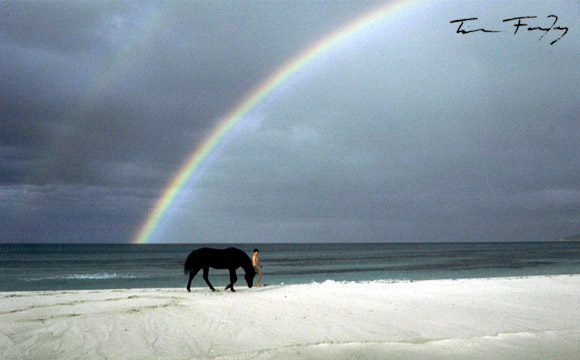Sunday November, 30 2014 at 08:00 PM
Saturday December, 27 2014 at 08:00 PM
by Emily L. Rice
One of the most critically acclaimed films from 1979, The Black Stallion, was based on the classic children’s tale written by Walter Farley in 1941. Despite the book’s popularity and that of its sixteen sequels, it was never adapted for the screen until Francis Ford Coppola purchased the rights. He planned to release the film as the first film in a series of classical children’s films. The second film in the series, The Secret Garden, was released in 1993. Coppola called on his former UCLA classmate, Carroll Ballard to direct the first installment, making The Black Stallion Ballard’s feature film debut. His first movie was a documentary entitled Harvest (1967) which was nominated for an Academy Award ®.
The Black Stallion is an exotic and often magical tale of a young boy and his horse. When the film opens, the boy and his father are traveling by ship when a disaster occurs. A fire breaks out and the boy finds himself adrift in the rough seas with an Arabian horse he saw on board. Both the boy and the stallion are washed ashore a deserted island where they overcome an initial mistrust to form a strong bond. Soon the two are rescued and return to the U.S. But the horse runs away and the boy eventually traces the animal to a farm owned by an ex-jockey. In time, the boy learns from the former pro how to be a first rate rider and trains the stallion for a championship race.
In his film debut, Kelly Reno plays the young, aspiring jockey; he had never acted before in any medium, and he was not even a fan of film or television. “Oh, if there’s a good movie, the family’ll take a bag of popcorn and go.” When asked what he considered a “good movie,” he responded, “I guess Star Wars (1977) — I’ve seen it twice. As for TV, I don’t watch it much, except for Soap,” he explained in the September 30, 1979 issue of The New York Times. But when Reno heard from a friend that a movie company was coming to Colorado to look for boys who could ride horses, he persuaded his parents to drive him to Denver for an audition. According to producer Tom Sternberg, “We’d considered all sorts of professional child actors. Then we began to search for boys who may not have acted, but who might be right for the role. We eventually interviewed several hundred from around the country and tested 100.” And the saddle-trained Reno was one of the lucky ones who earned a screen test in L.A..
The $4.5 million film took two years to make and involved five months of shooting in Canada, Rome, and Sardinia. For Reno, whose only trips outside Colorado were to North Dakota and L.A. for the screen test, the film became quite an adventure. His parents chaperoned him while on location, but he still admitted he got homesick. “In Rome, I’d have paid $10,000 for a McDonald’s hamburger – you never know how much you want that if after a week all you get is spaghetti. And I had me a little wine, but after a week, I started drinking cokes again.”
During the first week of shooting, Reno enjoyed the work, but he kept glancing at the camera in the middle of scenes. He recalled that the director, Carroll Ballard, “would tell me, ‘This is the way it is…do it.’ If I didn’t get it done, we’d just have to do it all over again. Lines weren’t a problem. I had a lot of them, but they weren’t in the whole, long scenes. And I could put in other words if the meaning was the same – that was all right with Carroll.” Reno also did all his own stunt work. He had to ride bareback and on a racing saddle, take falls from a galloping horse, and swim. The only time a stunt double was used was for racetrack sequences, which required his character to race a thoroughbred at top speed. “I was too small to hold him back,” says Reno.
The most demanding scene Reno recalled was the shipwreck sequence during a turbulent storm. For this scene, Ballard used the huge water tank at Cinecitta Studios in Rome. “It was all done at night,” says Reno. “And they had wind and rain and fire and smoke. I spent a lot of time in the tank, not being able to touch the bottom, while they made these waves that came far over my head.” Ballard also used a completely realistic model ship to burn and sink headfirst while the boy and the horse struggled in the foreground.
With scenes such as the shipwreck, the horse in this film, Cass-Ole, had to perform as few other horses ever have. Cass-Ole’s trainer was one of Hollywood’s greatest animal trainers, Corky Randall. He trained “Trigger” for Roy Rogers, “Silver” for the Lone Ranger, and all the horses in the chariot-race scene in Ben-Hur (1959).
Mickey Rooney plays the horse trainer in the film, a nostalgic reminder to audiences of his role as a former jockey in National Velvet (1944). Rooney also played a jockey in both Down the Stretch (1936) and Thoroughbreds Don’t Cry (1937). He went on to receive an Academy Award nomination for Best Supporting Actor for his performance in the film. Rooney recalls how he first heard about the film, “Francis Ford Coppola got on the horn to tell me he’d purchased the rights to a children’s classic called The Black Stallion. He had a part in it for me, a former jockey called out of retirement by a little boy with a beautiful black Arabian horse and a dream about winning a race. Did I think I could play a former jockey? ‘Gee,’ I said, ‘I don’t know. I never played a jockey before.’
The Black Stallion became a hit at the box-office and received great critical praise. In addition to Rooney’s nomination, the film also received an Academy nomination for Best Editing and the Oscar for Best Film Editing. A sequel, The Black Stallion Returns, was later released in 1983.

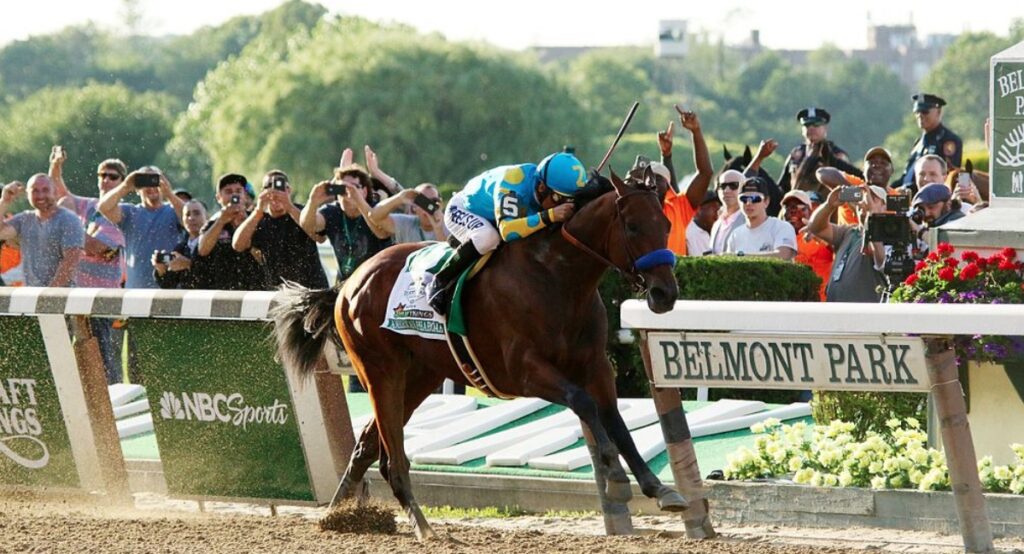
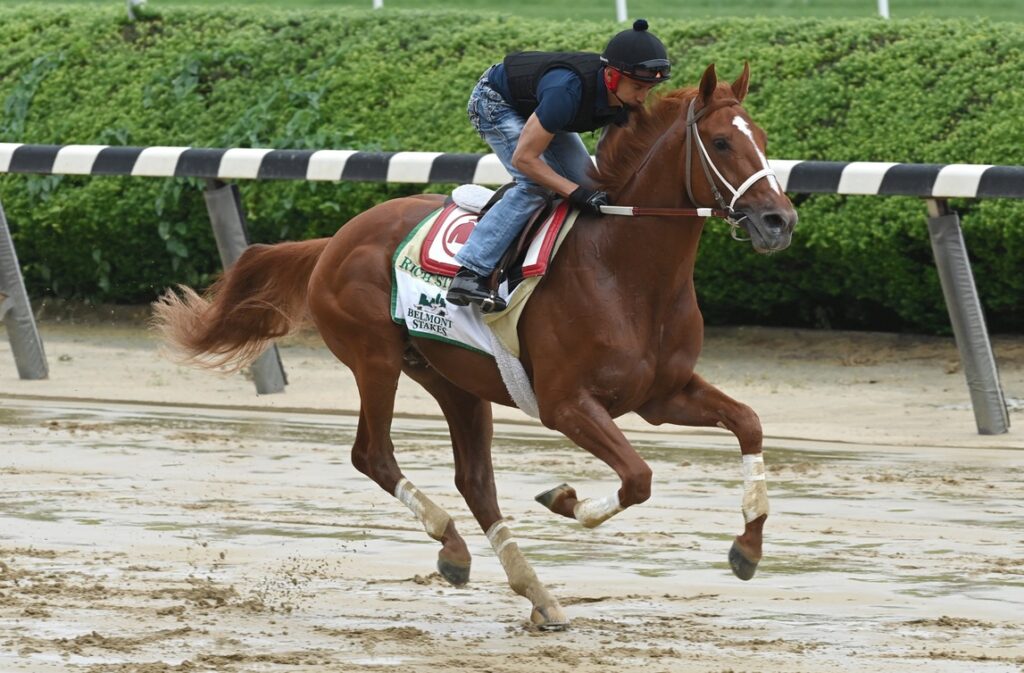
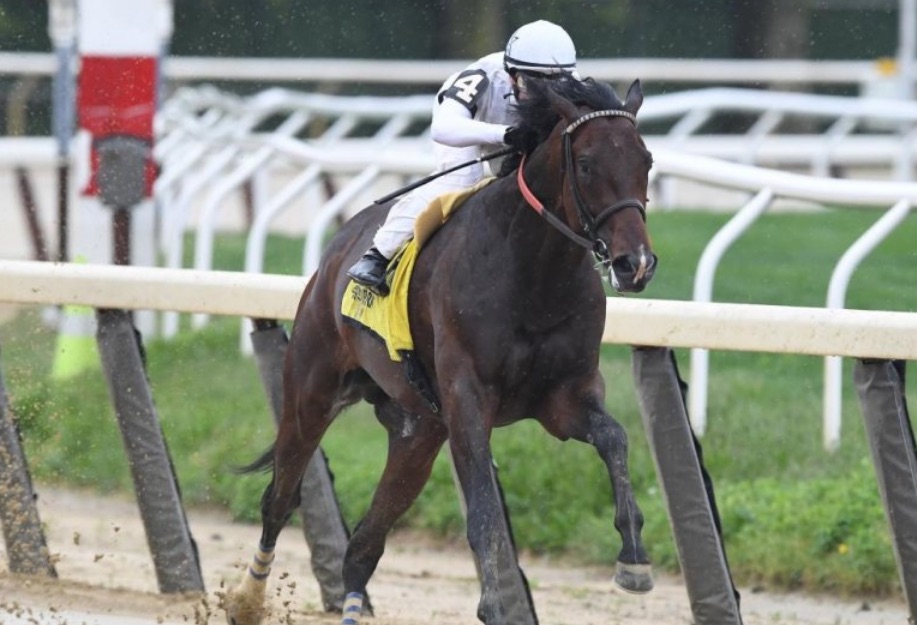
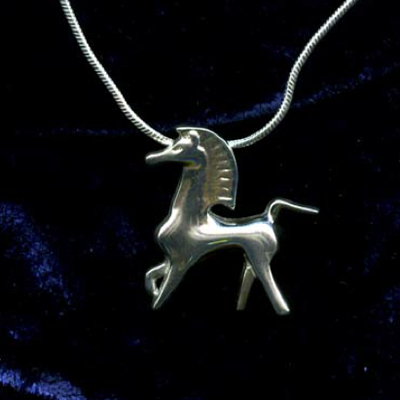

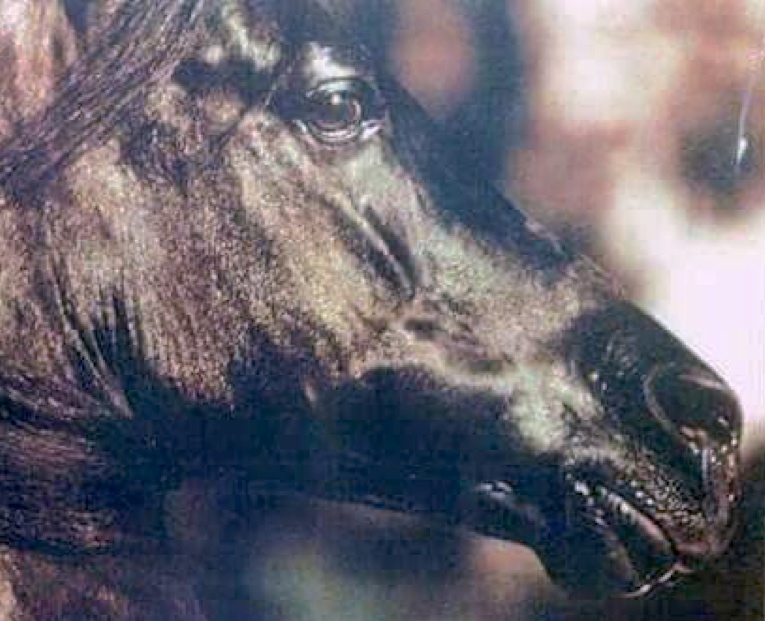
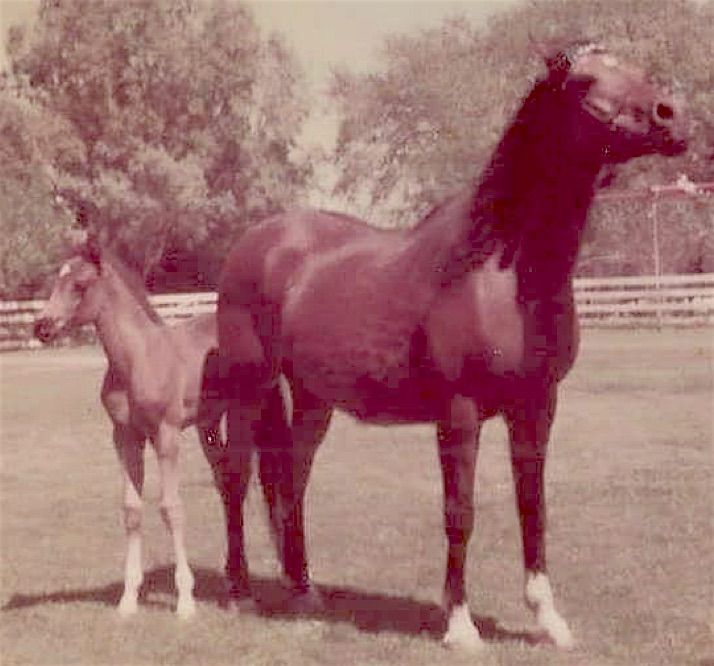
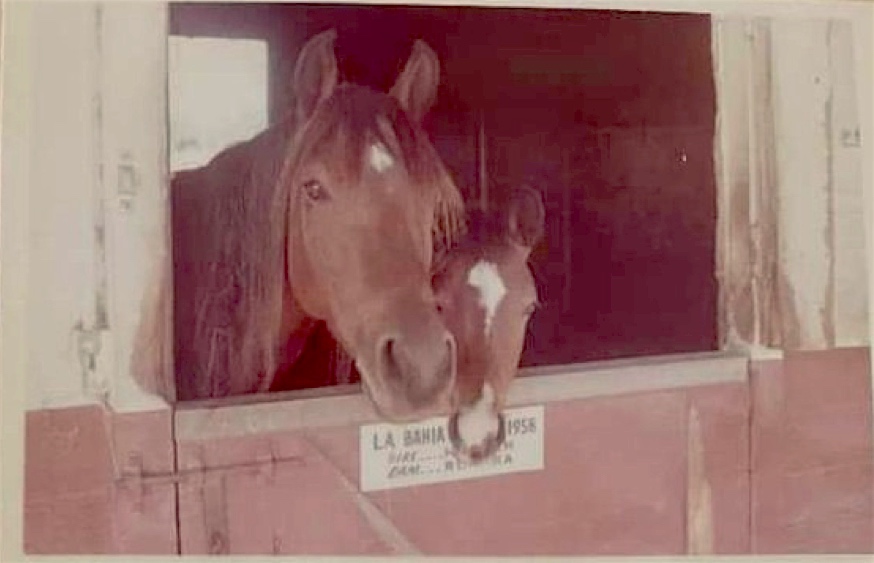
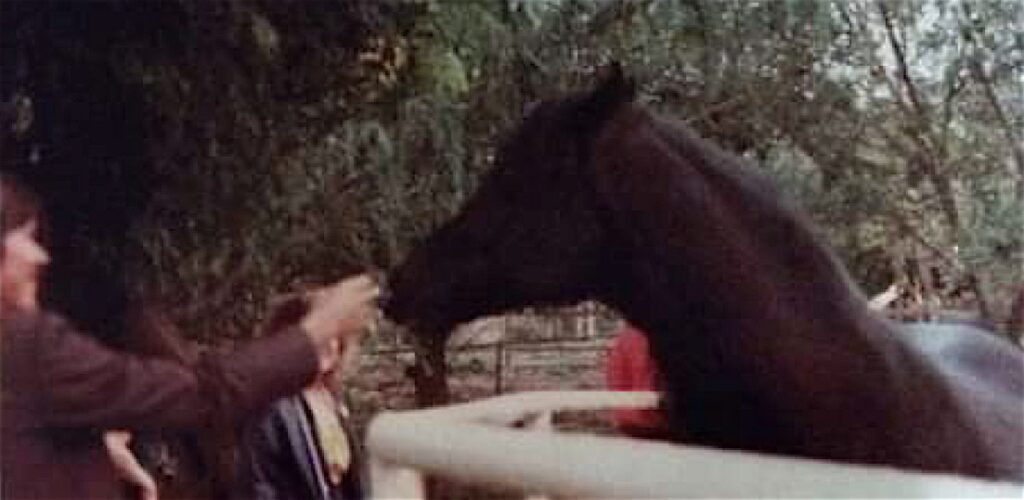
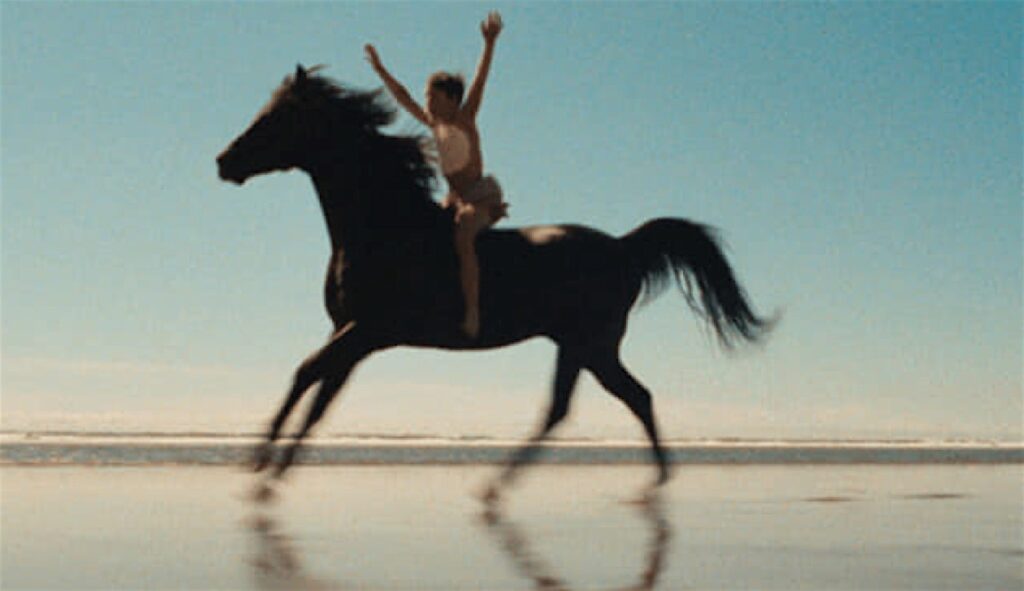
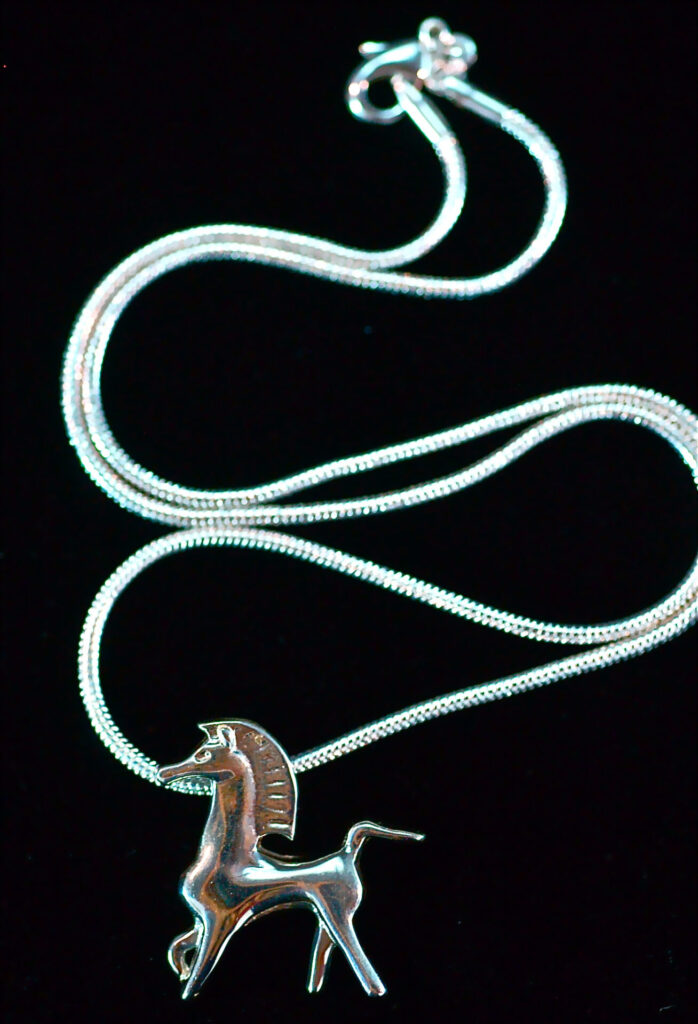

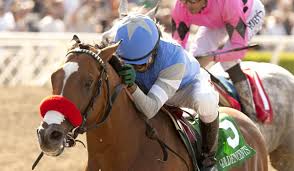

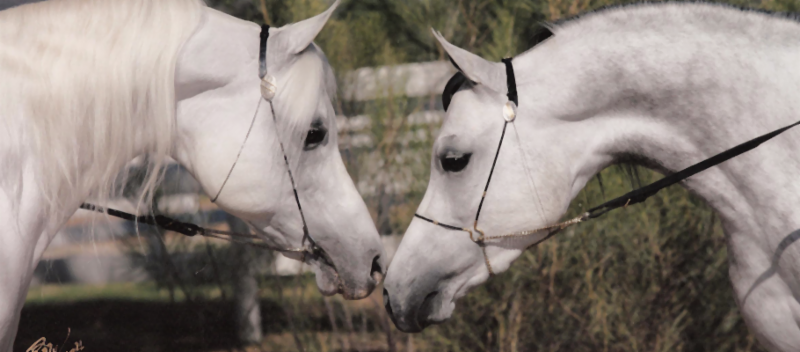

 WHEN: Sunday, December 14
WHEN: Sunday, December 14